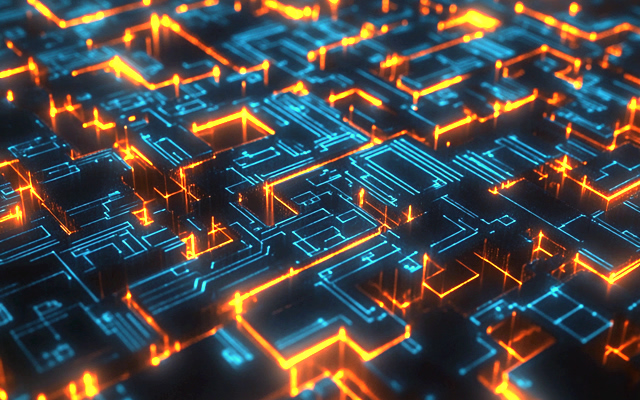NFT Digital Revolution
Non-fungible tokens (NFTs) are basically digital assets powered by blockchain technology. Unlike cryptocurrencies such as Bitcoin, NFTs are unique and indivisible. This makes them perfect for representing ownership of whole digital art, music, or collectibles. In recent years, some NFT projects have also been launched targeting real world assets like properties and lands.
Each NFT will contains metadata that proves its authenticity and origin, providing a new way to tokenize and trade value digitally. This innovation has redefined how we perceive ownership in the virtual world, enabling creators and collectors to directly interact without intermediaries.
Real World Assets (RWAs) include physical items like real estate, luxury goods, and commodities. Tokenizing these assets using NFTs allows ownership to be represented digitally, unlocking liquidity and enabling fractional ownership. For instance, a property could be tokenized as an NFT, allowing multiple investors to own portions of it securely on a blockchain.

The Problems with Digitally Tokenizing Real World Assets
Digitizing our ownership of real world assets sounds great on paper as a secure and efficient blockchain can certainly offer a host of benefits. For instance, a truly decentralized blockchain is theoritically tamper-proof, which means we can practically trust it to be fraud-proof. So, if we can correctly verify the rightful owner of an asset via a secured blockchain, the technology can certainly revolutionize various industries.
However, implementing NFT in RWA faces much hurdles such as regulatory ambiguity and legal recognition of digital ownership. There also remain some technical challenges in linking physical assets with their digital counterparts.
One of the main issues is standardization. At the moment, blockchain systems are generally still technically incompatible with each other, so this makes it difficult for different platforms and systems to interoperate.
Proving ownership of the asset is also not fool-proof yet, even though the blockchain is believed to be theoritically tamper-proof. This is because there have been several cases of fake NFTs of popular pieces of art that were created without the consent of the original artist. This brings up the copyright issue, which is an age old problem.
Even if we can trust the blockchain is secured, there still remains a vulnerability with the smart contract. We have already witnessed several hacking cases of smart contracts which resulted in losses of millions of dollars. Therefore, if the smart contract that governs a real world asset has been hacked before, then it introduce uncertainties about the legit owner of the asset.
Last but not least, we also have to question whether or not there is actually a real market for digitizing ownership of real world assets. In order for the system to be feasible, we will need to integrate some form of verifiable digital identity system that is hack-proof. Considering that many citizens are concerned about the loss of privacy and freedom that comes with using Central Bank Digital Currency (CBDC), how can we then expect freedom loving citizens to willingly accept a digital identity that would make it very easy for governments to track and monitor their citizens?

The NFT Market is Worth Billions of Dollars
This is the opportune time for you to gain more knowledge about NFT to tap into those untapped opportunities. With Alison's courses, you can complete entire NFT courses for free. You only pay if you need the certificate and I may get a commission as an affiliate.
EXPLORE NFT COURSES

